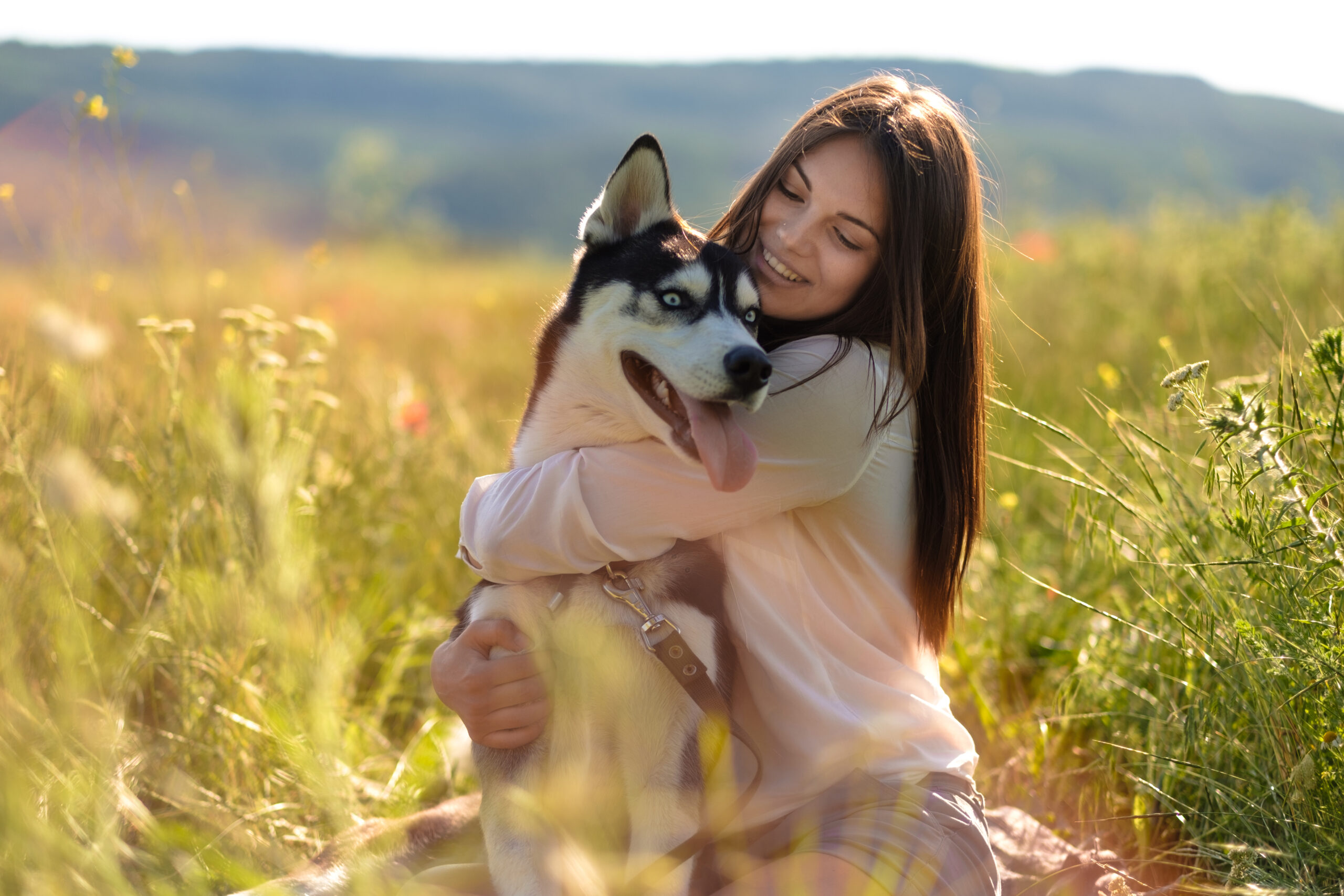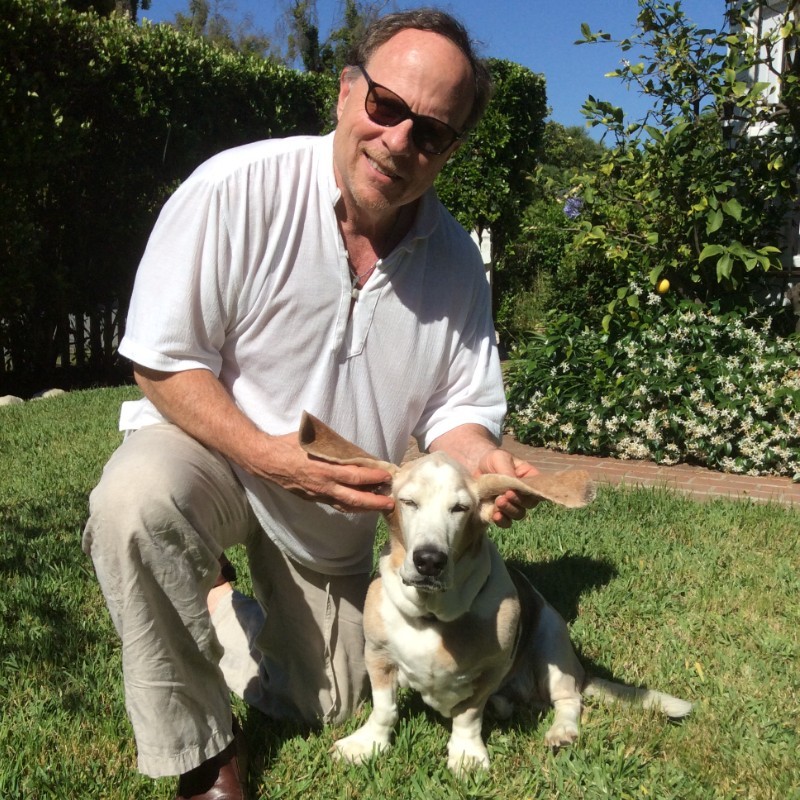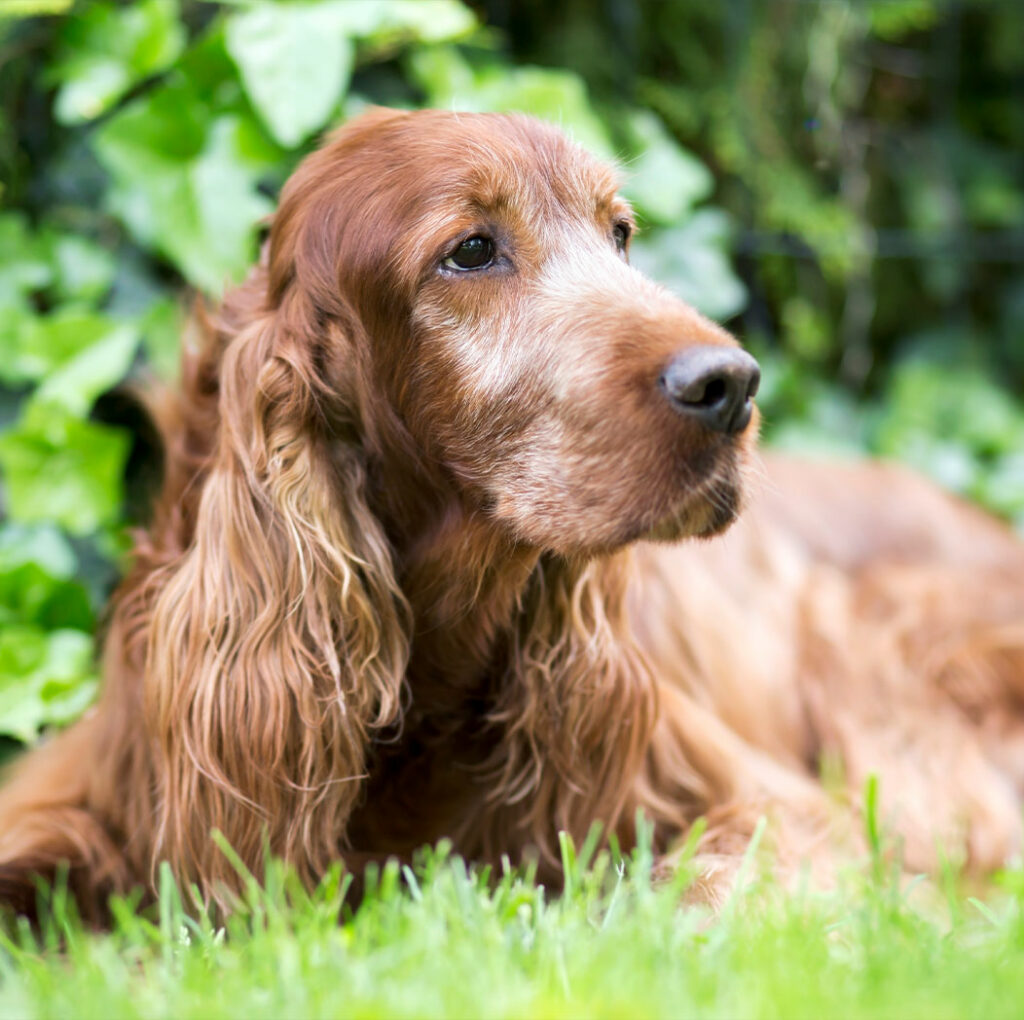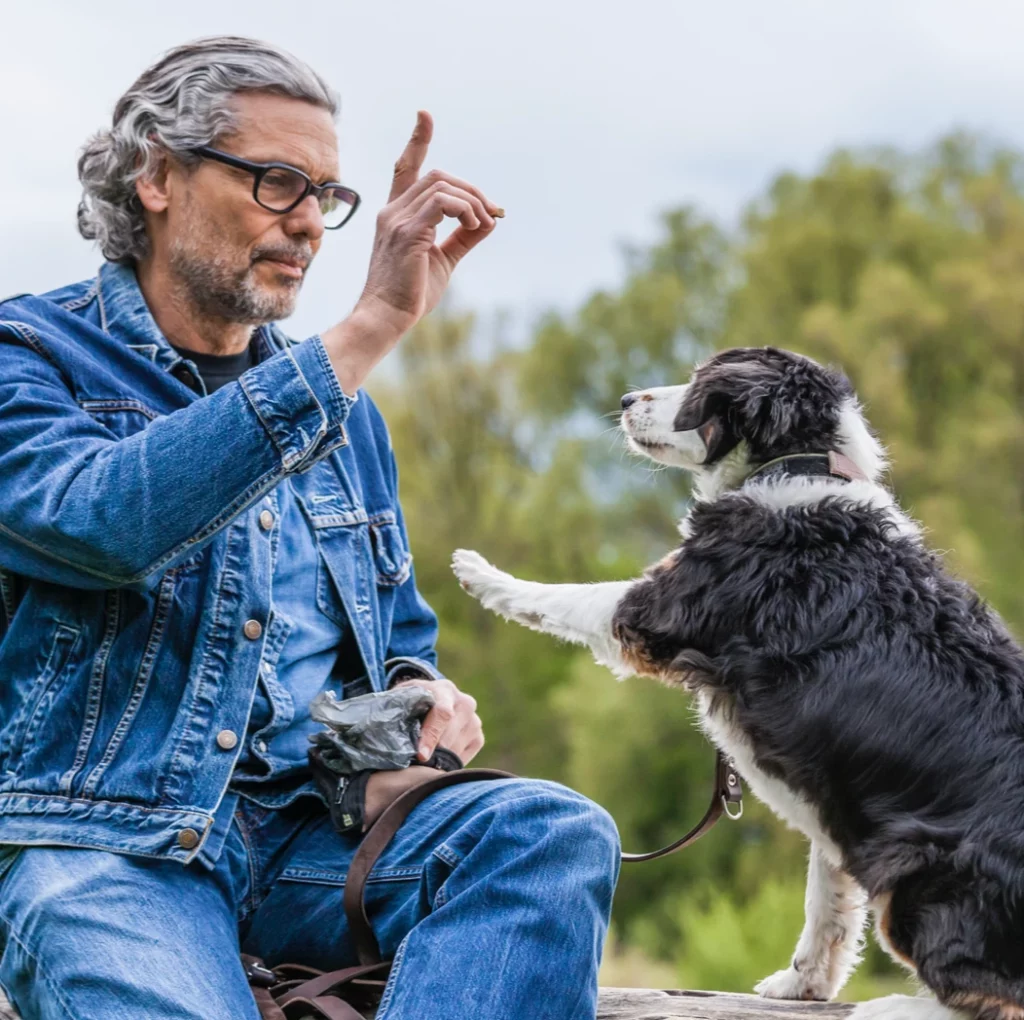Enrichment for pets has become a popular phrase over the last few years. It’s used by doggie daycare facilities, pet sitters, boarding kennels – and me!
My name is Steve Appelbaum, and I have trained professionally for almost 40 years. My school, Animal Behavior College, has trained animal lovers to be professional dog trainers since the late 90s. Based on my experience and the feedback of thousands of professional dog trainers, here is an overview of enrichment and how can you utilize it for your pet’s benefit.
So, what is enrichment?
One definition is: “The action of improving or enhancing the quality or value of something.” This isn’t a wrong definition, although it’s a bit general. When discussing enrichment for dogs, this usually means adding something to improve a dog’s environment, state of mind, or relationship with a pet parent.
Enriching their Environment
Dogs are intelligent social beings that require both physical and mental stimulation to stay happy and healthy. When they’re left alone for too long without any activities, they can get bored and stressed. This can result in behaviors like barking, jumping fences, digging holes, and excessive chewing.
Enrichment, or adding interesting things to the environment to keep the dog mentally and physically engaged, especially when left to their own devices, can be dramatically effective in curtailing some of the behaviors mentioned above.
How to add enrichment inside
I have witnessed dogs causing extensive damage to homes. However, I have seen a remarkable transformation when these dogs redirect their chewing and playfulness towards toys. Redirecting their playfulness can stop more damage and keep your surroundings intact.
During moments of solitude, interactive toys provide endless entertainment for pets. There are plenty of options, from peanut butter-filled toys to Boomer Balls and treat-filled puzzles, catering to various dog preferences.
However, one of the challenges with interactive toys is that you want to match the toy to your dog’s ability and situation. Some dog puzzles are interesting for the dog, particularly if by solving them, a treat is available. The real challenge arises when your dog is left alone. Will they play with the toy independently? If not, opt for toys they can handle on their own.
Adding enrichment outside
Some dogs dig out of boredom, but you can manage this behavior by giving them a designated digging area. Choose a safe spot and provide soft dirt and toys for burying. This might seem counterintuitive, but encouraging them to dig in a specific spot has been highly successful in preventing dogs from digging all over the yard.

Enrichment through Games
Not all enrichment is related to problem-solving. Some types of enrichment can strengthen your relationship with your pet; others are just fun!
Dogs are much like people in that they can be pattern and routine-oriented. I used to play two enrichment games every night with my Labrador Retriever and Basset Hound.
Game 1: find the treat
At about 10:00 PM, my wife and I would walk out of our kitchen, closing the doors so the dogs couldn’t follow us. We scattered small treats in different spots downstairs, keeping some low near baseboards and furniture legs so both dogs had a fair chance. After putting maybe 10-15 small treats around the house, we would open the kitchen door and get out of the way as both dogs barreled past us to find the treats. They loved this game, and if, for some reason, we didn’t get to it by 10:00 PM, the dogs started wandering around, looking at us like we had forgotten something.
Game 2: find daddy
In this game, I placed the dogs back in the kitchen and then hid in various spots downstairs. I’d crouch behind plants, sit under tables, and even climbed on furniture, always leaving closets slightly open. I gave myself 3 minutes to find a hiding spot. Then, my wife opened the kitchen door, and both dogs eagerly searched for me.I took 3 minutes to find a spot, and then my wife opened the kitchen door and got out of the way as both doggies went on a manhunt. The dog that found me would get a huge hug and a treat. Ok, I’ll admit something. Both dogs would get hugs and treats; I guess I am a softy when it comes to them.
Enrichment games like these offer fascinating insights into your dogs’ behavior. Surprisingly, Truffles, the Basset Hound, didn’t rely on her nose; instead, she remembered my previous hiding spots. She checked each one. Sam, the Labrador, was more methodical, systematically searching room by room in a grid-like pattern. While Sam seemed to excel, both dogs thoroughly enjoyed the game.
After these games and a short nightly walk, both dogs remained calm throughout the night. These activities truly made a difference in their behavior and kept them content.
Enrichment through Training
Obedience training is not just about teaching your dog commands; it is also a valuable form of enrichment. While many people may not know what to do with their dogs beyond petting them or playing with a ball, obedience training offers a way to spend quality time with your pet while imparting potentially life-saving cues.
The sky is the limit once you teach the basics: sit, stay, come, lay down, and walk decently on a leash.
Playing fetch is an excellent enrichment game. You can keep repeating it until either the dog gets tired or your arm does. The key takeaway here is not about being controlling; it’s about the enjoyment both the dogs and I found in the process of teaching them new things. It’s a wonderful way to spend time together, and with some patience, you can teach your dogs some truly remarkable skills.

Enrichment in their Senior Years
Enrichment can continue well into a dogs’ older years. The Truffles and Sam stories are all true, but I am sad that both those dogs are gone now. These days, we have another Basset named Roy. We adopted him as a senior, and now he is 14. We play “Find the Treat,” but he never warmed up to “Find Daddy.” Maybe he figured I would come out and stop hiding in strange spots if he waited long enough. With Roy, it’s all about his nightly walk. He and I go for a very slow walk around the neighborhood every night. By slow, I mean a 40-minute mile; he loves this, and it makes him (and I) very happy.
The point of the last story is that enrichment doesn’t have to mean building an obstacle course for your dog. It also doesn’t mean having puzzles for the dog so complex that most adults can’t figure them out.
Enrichment can be as easy as spending quality time with your beloved pet, engaging in activities you both love, teaching them new things, and ensuring they have plenty of toys and diversions for when they’re alone. It’s about making their lives fulfilling and enjoyable.

Steven Appelbaum
Steven Appelbaum has trained dogs professionally for 40 years. He is a writer, lecturer and president of Animal Behavior College a vocational school for animal lovers looking for animal careers.
- Check out Animal Behavior College at www.animalbehaviorcollege.com

